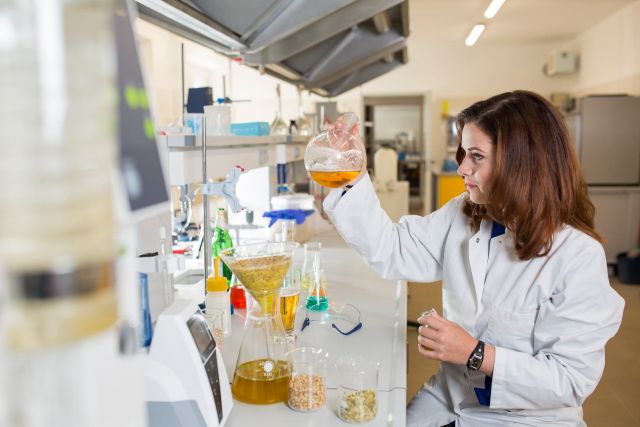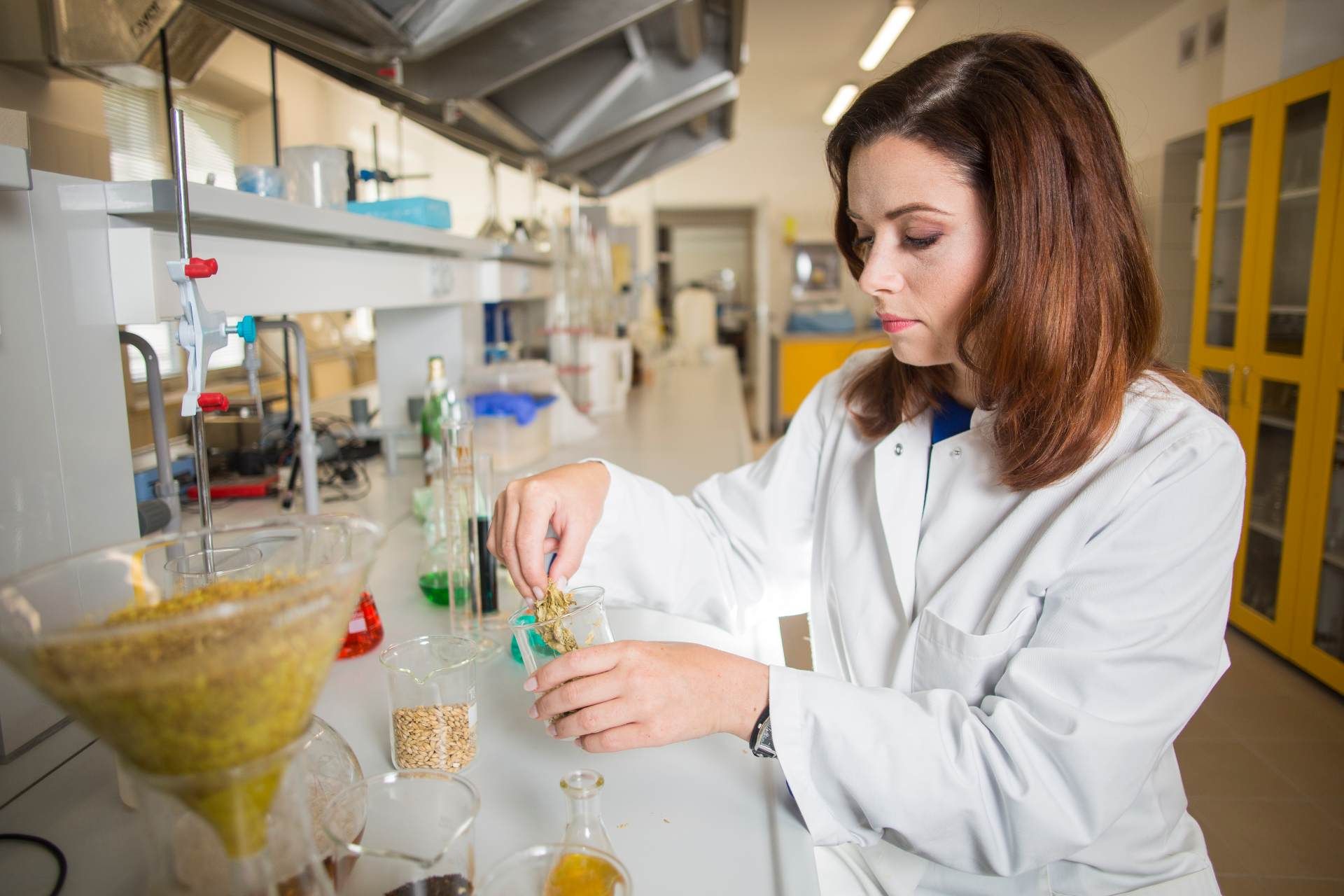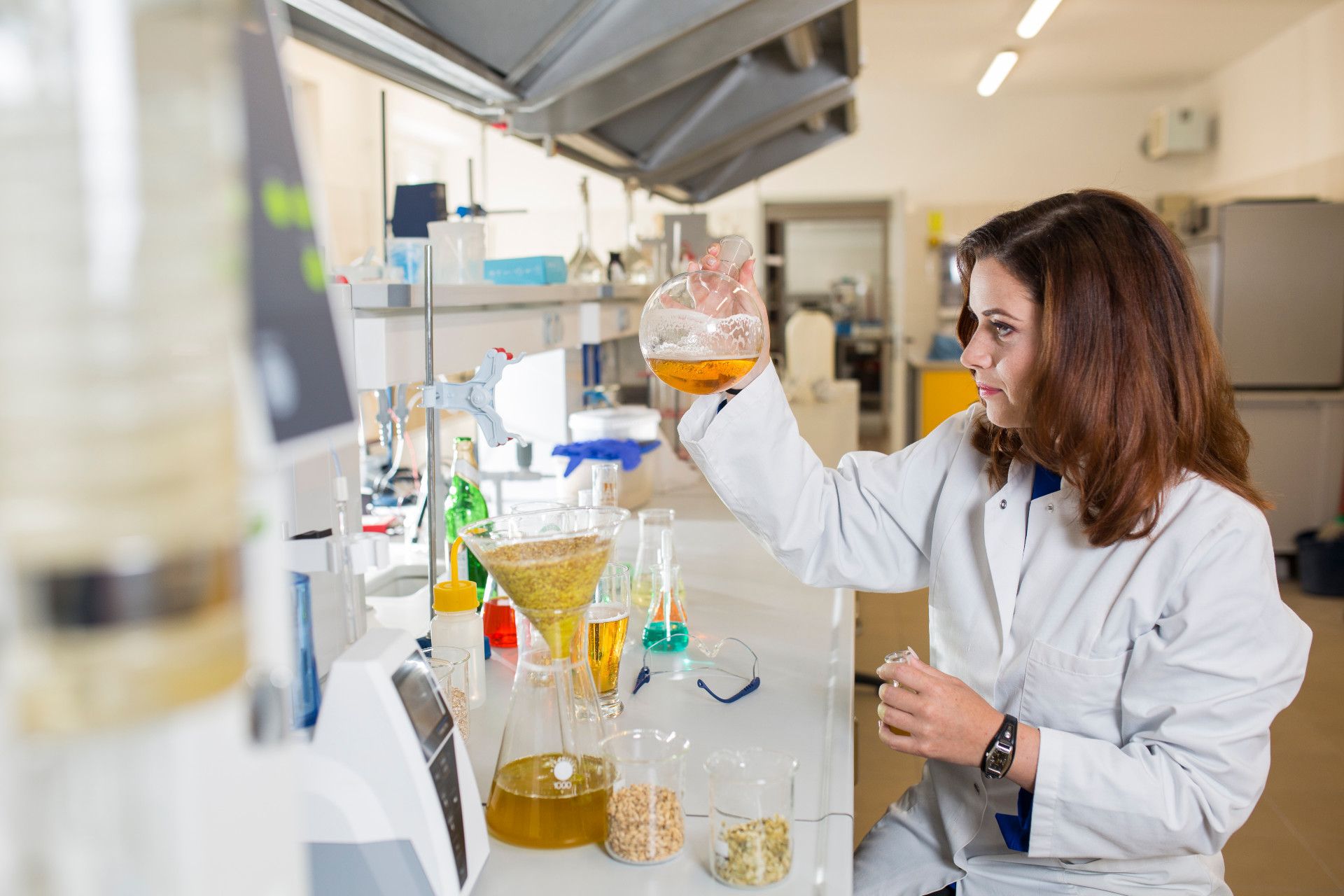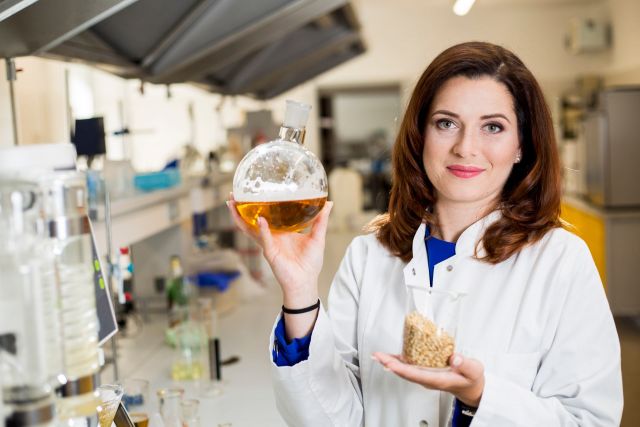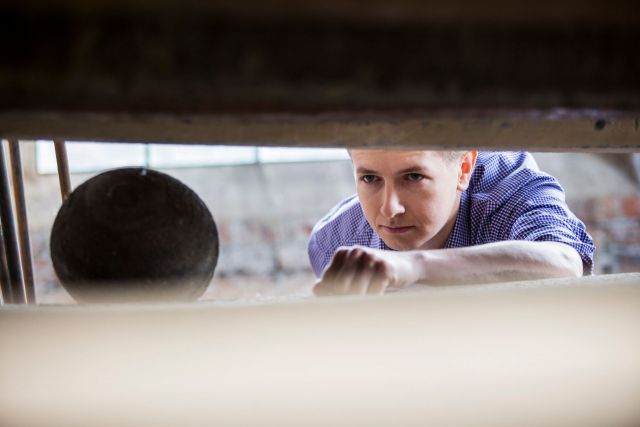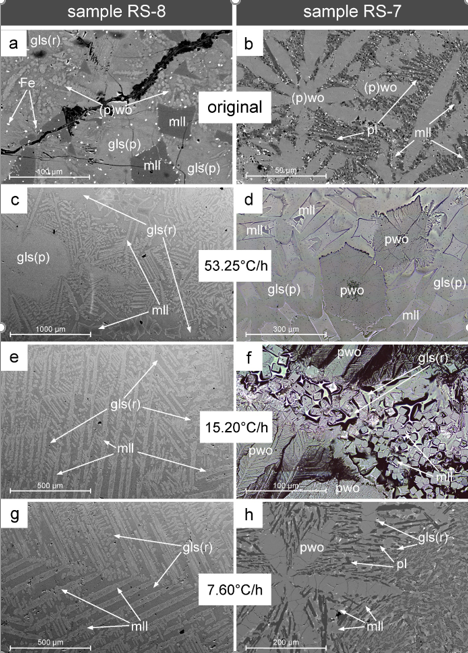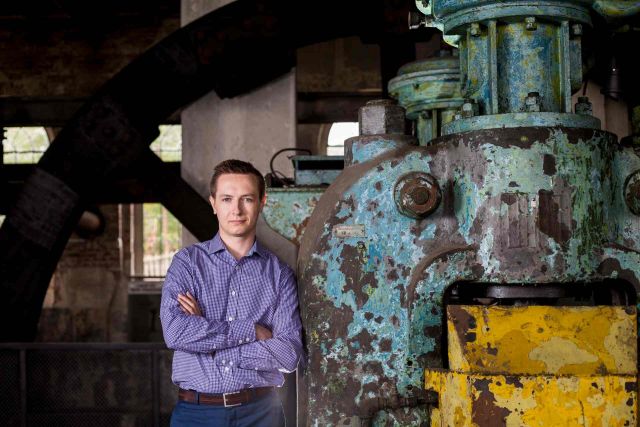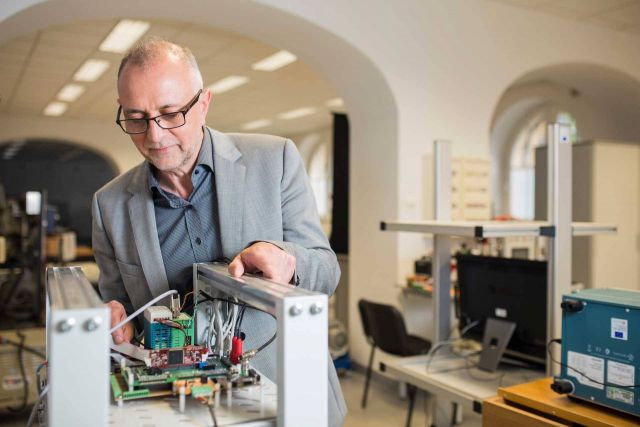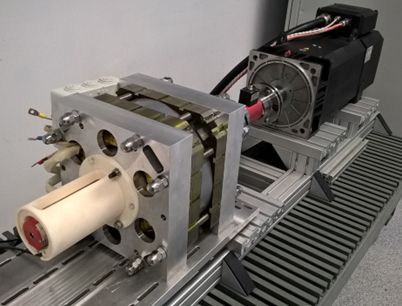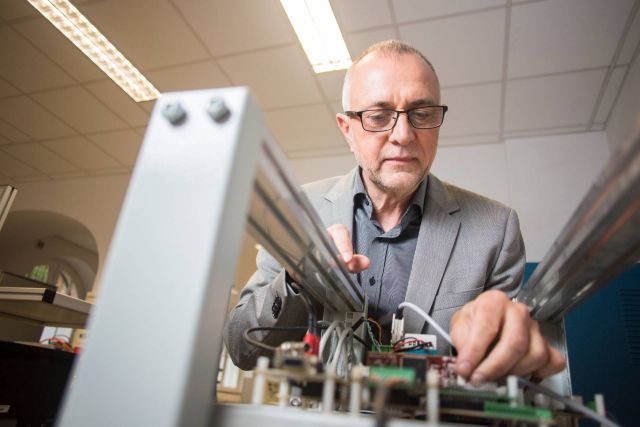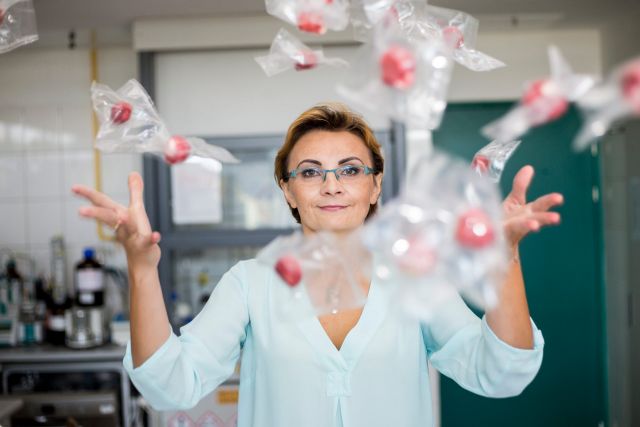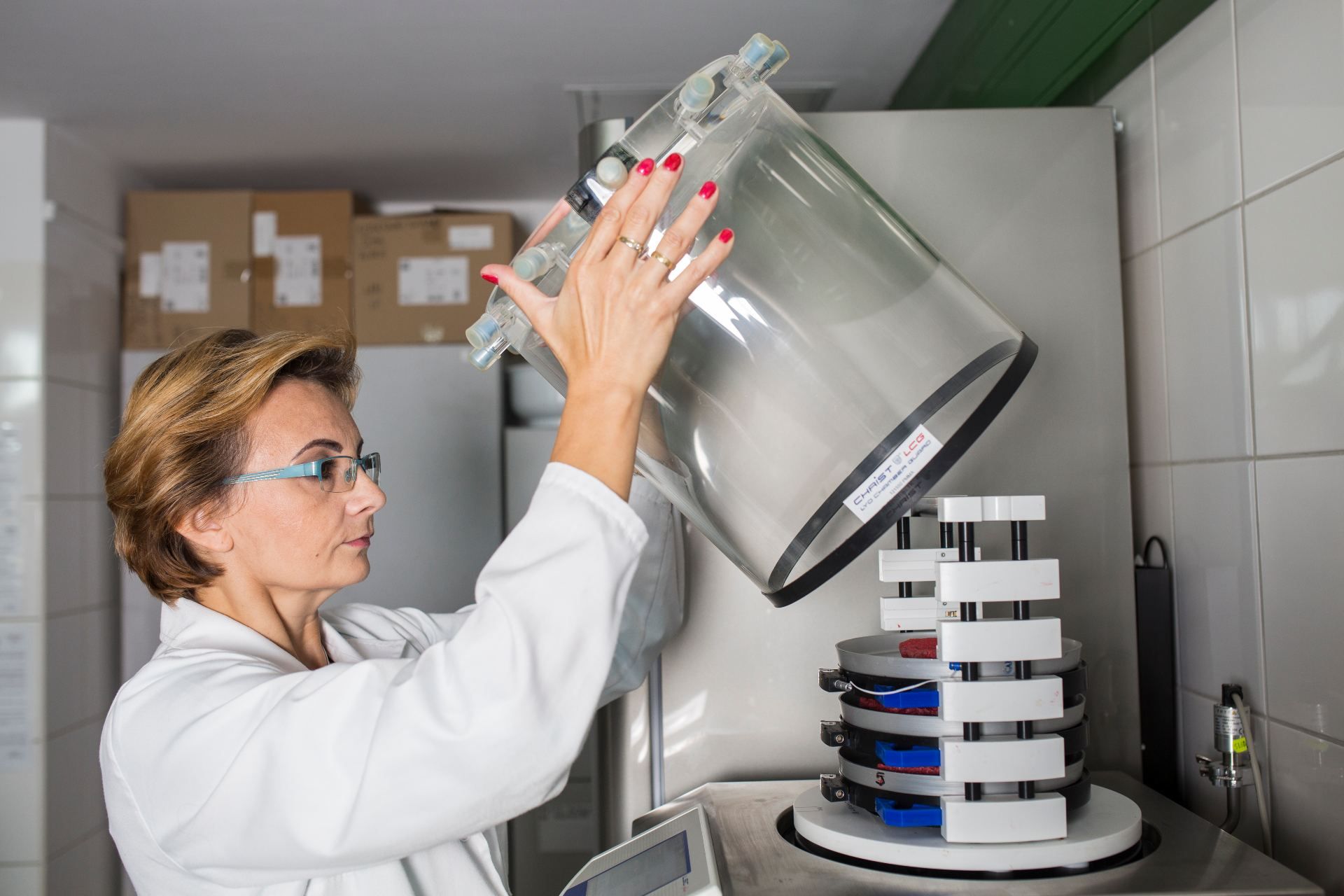Polish researchers awarded funding within the JPI AMR call for proposals on antimicrobial resistance
We are pleased to announce that two projects involving Polish researchers have been awarded funding in the JPI AMR call for proposals Comparison of prevention, control and intervention strategies for AMR infections through multidisciplinary studies, including One Health approaches. Within this funding opportunity over EUR 11.5 million have been granted to 10 research teams.
The call was launched in January 2017 by 16 research funding organisations from 15 countries, and attracted 53 research groups applying for nearly EUR 57 million in total. As a result 10 transnational consortia were granted funding, including INART involving dr hab. Magdalena Popowska from the University of Warsaw and ImpresU involving dr hab. Maciej Godycki-Ćwirko from Medical University of Lodz.
List of funded projects:
| Acronym | Project Title | Coordinator | Affiliation | Countries |
|---|---|---|---|---|
| Resilience | Comparative assessment of social-ecological resilience and transformability to limit AMR in one-health systems | Peter Søgaard Jørgensen | Royal Swedish Academy of Sciences, Stockholm, Sweden | SE, CA, CH |
| ASB | Comparison of prevention, control and intervention strategies for AMR infections through multidisciplinary studies, including One Health approaches | Aidan Hollis | University of Calgary, Calgary, Canada | CA, CH, SE |
| ExcludeMRSA | Preventing transmission of MRSA from livestock to humans through competitive exclusion | Jaap Wagenaar | University of Utrecht, Utrecht, the Netherlands | NL, DE, IE |
| ImpresU | Improving rational prescribing for urinary tract infections (UTI) in frail elderly | Cees Hertogh | VU University Medical Center, Amsterdam Public Health Institute, Amsterdam, the Netherlands | NL, NO, PL, SE |
| ARMIS | Antimicrobial Resistance Manure Intervention Strategies | Ana Maria De Roda Husman | National Institute for Public Health and the Environment (RIVM), Bilthoven, the Netherlands | NL, CA, DE, RO |
| AB-assistant | Antibiotic stewardship assistant web application design (AB-assistant) to combat antimicrobial resistance | Annelies Verbon | Erasmus University Medical Center (EMC), Rotterdam, the Netherlands | NL, CA, CH, SE |
| REDUCEAMU | Piloting on-site interventions for reducing antimicrobial use in livestock farming in emerging economies | Ulf Magnusson | Swedish University of Agricultural Sciences, Uppsala, Sweden | SE, CH, NO |
| INART | Intervention of antimicrobial resistance transfer into the food chain | Fiona Walsh | Maynooth University, Maynooth, Ireland | IE, CA, CH, IL, PL |
| OPEN Stewardship | An Online Platform for Expanding Antibiotic Stewardship | David Fisman | University of Toronto, Toronto, Canada | CA, IL, SE |
| PILGRIM | Impact of Prescription Quality, Infection Control and Antimicrobial Stewardship on Gut Microbiota Domination by Healthcare-Associated Pathogens | Jörg Janne Vehreschild | University Hospital of Cologne (UHC), Cologne, Germany | DE, CA, IL, LV, NO, SE |
Call results on the JPIAMR website
Contact:
Malwina Gębalska, malwina.gebalska@ncn.gov.pl, tel: +48 12 341 9017
Jerzy Frączek, jerzy.fraczek@ncn.gov.pl, tel: +48 12 341 9165

